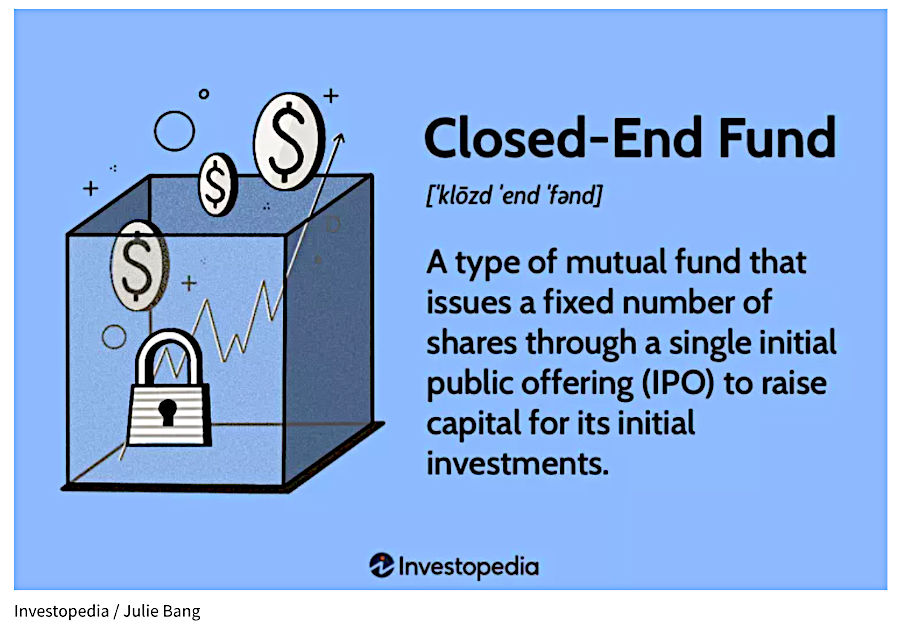Pros and Cons for dividend investors using closed end funds
Posted By RichC on July 5, 2023
For investors and retirees desiring an income stream from their investments, Closed-End Funds can be pretty attractive. That said, there are advantages and disadvantages … with some help from ChatGPT. 😉
… with some help from ChatGPT. 😉
Advantages of Closed-End Funds (CEFs):
Market Pricing Efficiency: Unlike open-end mutual funds, CEFs trade on stock exchanges, allowing their shares to be bought and sold throughout the trading day at market prices. This feature provides investors with real-time pricing information and the ability to execute trades at current market prices, potentially leading to more efficient price discovery.
Active Management: CEFs are often actively managed by professional portfolio managers who aim to generate positive investment returns. Active management can provide the potential for superior performance compared to passively managed index funds, as portfolio managers have the flexibility to select securities based on their expertise and market analysis.
Potential for Discounted Purchase: CEFs can trade at a discount or premium to their net asset value (NAV), which represents the value of the underlying securities held by the fund. Buying CEF shares at a discount to NAV can potentially provide investors with an opportunity to acquire the fund’s assets at a lower cost, potentially enhancing their investment returns.
Income Generation: CEFs often focus on income-generating assets, such as bonds or high-dividend stocks. This makes them popular among income-seeking investors, as CEFs may distribute regular dividend payments from the income generated by their holdings.
Disadvantages of Closed-End Funds (CEFs):
Premiums and Discounts: While CEFs can trade at a discount to NAV, they can also trade at a premium. Investing in a CEF at a premium means paying more for the fund’s assets than they are worth. Therefore, investors need to be mindful of the premium or discount when buying CEF shares to ensure they are making an informed investment decision.
Limited Liquidity: CEFs have a fixed number of shares and can trade at low volumes, resulting in limited liquidity. This can make it difficult for investors to buy or sell shares at their desired price, particularly for smaller or less popular CEFs. Illiquidity can potentially lead to wider bid-ask spreads and increased trading costs.
Higher Expense Ratios: CEFs often have higher expense ratios compared to other investment options like ETFs. These expenses cover various costs, including management fees, administrative expenses, and marketing expenses. Higher expense ratios can eat into investment returns over time, particularly in the case of underperforming funds.
Leverage and Risk: Some CEFs use leverage to enhance potential returns. While leverage can amplify gains, it also exposes investors to increased risks. If the investments held by the CEF perform poorly, the leverage can magnify losses, potentially leading to larger-than-expected declines in the fund’s share price.
It’s important to carefully consider these advantages and disadvantages, along with individual investment goals and risk tolerance, before investing in closed-end funds or any other investment vehicle. Additionally, consulting with a financial advisor can provide personalized guidance based on specific circumstances.
Comments